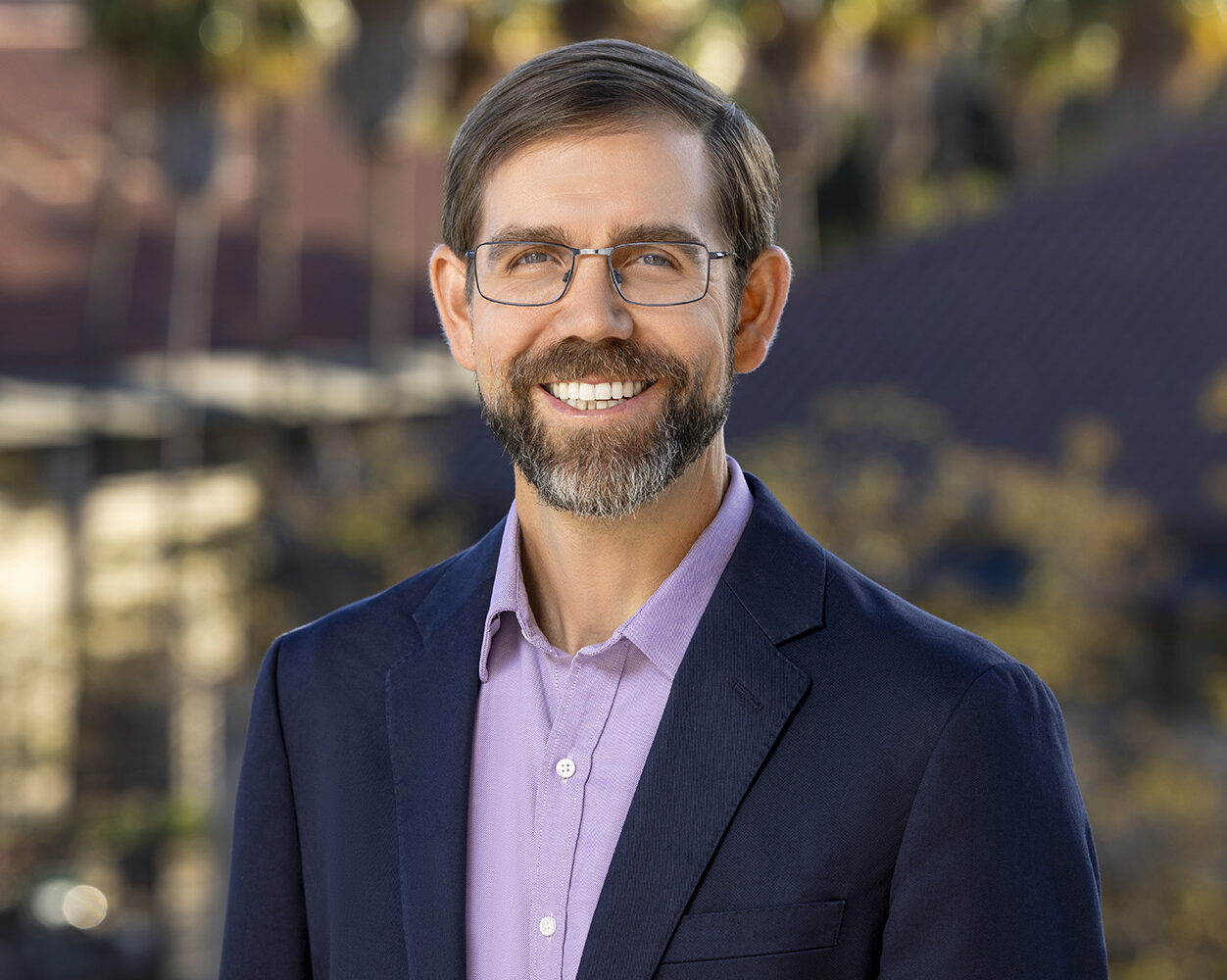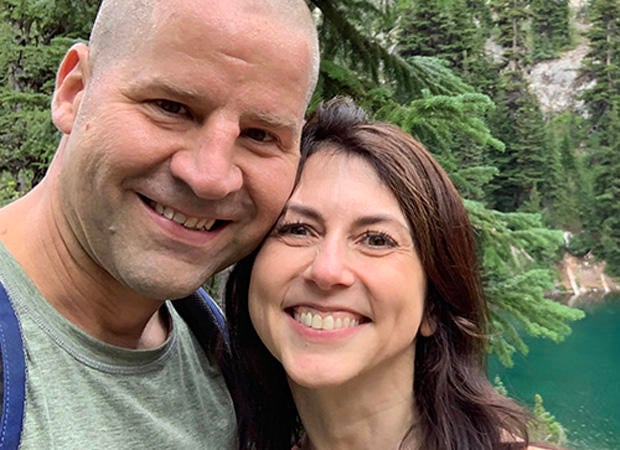Unraveling The Mystery: What Happened Between Scott And Jewett?
Have you ever found yourself wondering about something that happened in the past, a particular event or perhaps a situation between two people, and just needed to know the full story? It's a pretty common human trait, that desire to piece together events and understand the sequence of things. We all, you know, want to make sense of the world around us, especially when something feels unfinished or a bit hazy.
Sometimes, getting to the bottom of these past occurrences can feel a little like detective work. The pieces of information might be scattered, or some parts of the story might be, well, simply not obvious at first glance. It can be a bit of a puzzle, really, trying to figure out the exact details.
While the specific account of what transpired between Scott and Jewett isn't readily available from all sources, we can certainly explore *how* one might go about uncovering such information. This means looking at general principles of investigation, clear communication, and how we interpret details, drawing insights from the kind of problem-solving approaches we use in other areas of life, like sorting through digital data. So, you know, let's look at how we figure things out.
- Samuel L Jackson Insidious
- Johnny Depp Gangster Movie
- Jeff Bridges Commercial
- Samuel L Jackson In Pulp Fiction
- Christian Bale Fighter
Table of Contents
- Understanding the Quest for Information
- Investigating the Unseen: Looking for Hidden Details
- The Role of Clear Communication
- Sorting Through the Story: Organizing What You Find
- When Things Go Unexpectedly: Dealing with Bugs and Blanks
- The Power of Language in Explaining Events
- FAQs: Your Questions Answered
- Final Thoughts on Discovery
Understanding the Quest for Information
People often want to know what happened for many different reasons. It could be to learn from past mistakes, to celebrate a success, or just to satisfy a simple curiosity. That desire to fill in the blanks, you know, it’s a strong one.
Information about events that have already happened can be a little tricky to pin down. It’s like trying to find a very specific book in a very large library without a clear catalog system. You might need to look in several spots, or, you know, ask around a bit.
We often find ourselves needing to search quite carefully, sometimes in places we might not have thought to check at first. This is especially true when the event is not widely documented, or if it involves personal interactions that are, basically, private.
- Woody Harrelson Age
- Joaquin Phoenix Quits Film
- Matthew Mcconaughey Lives
- Christopher Walken First Role
- Michael Keaton Height
Investigating the Unseen: Looking for Hidden Details
When you're trying to figure out why something is happening, or why it happened, you often have to look for things that aren't immediately visible. It's a bit like searching for clues that are, well, a little tucked away.
Our reference text, for instance, talks about a "selection pane" which can "open a window showing you all the items that were created." This is, in a way, like uncovering all the individual pieces that make up a larger situation. It helps you see what's actually there.
The text also mentions how a "nothing (hide objects) option is checked." This really suggests that sometimes, the very reason for a problem or an unclear situation might be something that's been hidden, either on purpose or by accident. To truly grasp what happened between Scott and Jewett, one might first need to uncover any concealed factors or background elements that are, you know, not obvious.
Sometimes, you might find a persistent element, like "The drop down arrow is to the left of the cell, and never goes." This could be a sign of an underlying issue that needs to be investigated further. It's a bit like a nagging question that, you know, just won't go away until it's answered.
To find the real reason why something happened, our reference tells us to "click on the file tab> option." This implies a systematic approach, going to the source to understand the settings or conditions that were in place. It’s about getting to the root cause, basically, of the situation.
The Role of Clear Communication
When you're trying to understand what went on, clear communication is, you know, absolutely essential. It's how people share their perspectives and how misunderstandings get sorted out.
Our text points out the need to "Message them to understand what happened and agree on a new date and time." This highlights that direct conversation can often clear up a great deal of confusion. It’s about reaching out and, well, talking things through.
It also talks about rescheduling something and noting the specific reason, such as "student asked to cancel/reschedule." This shows the real value of documenting why changes occurred. It helps later on, you know, to recall the exact sequence of events and the reasons behind them.
Furthermore, the reference touches on using "internet abbreviations" correctly and understanding "prepositions" like in, on, and at. This is, in a way, about making sure your message is received just as you intended. Misunderstandings, after all, very often come from unclear words or phrases, and that's something to avoid when you're trying to figure out a past event.
Knowing the right way to express things, whether it's using "just and only" correctly or understanding "50+ basic hindi words," helps ensure that everyone involved can share their part of the story accurately. It's about building a common ground for, you know, shared understanding.
Sorting Through the Story: Organizing What You Find
Once you begin to gather various pieces of information, it helps a great deal to put them in some kind of order. This makes the whole picture much easier to see, you know, and makes sense of.
Our source mentions that "The header row has a little arrow in each cell,This arrow opens a drop down menu that allows you to sort/filter the sheet." This is, you know, a simple but powerful way to make sense of a lot of data. It helps you arrange things so you can spot patterns or connections.
Sorting things, whether by the time they happened or by the type of information they represent, can really help you see the whole picture. It allows you to connect different pieces of information, perhaps, that relate to what happened between Scott and Jewett. You can, for example, arrange events in chronological order to see the flow of things.
When you have many details, like "Column 2 (description) has a drop down menu (see row 4) in each cell for choosing specific paychecks and banking transactions," it shows how specific information can be categorized. This kind of organization is, basically, key to understanding complex situations.
When Things Go Unexpectedly: Dealing with Bugs and Blanks
Sometimes, what happened might not make immediate sense. There could be, basically, unexpected gaps or oddities that leave you scratching your head. It's like finding a missing piece in a puzzle, or a piece that doesn't quite fit.
The text mentions "Some random cells in my tables have a drop down with a single blank entry." This is a bit like having a piece of the story that's just empty, leaving you wondering why it's there or what it means. It suggests that sometimes, information might be absent or, you know, not fully formed.
It also talks about what "looks like this is a bug in excel 2016 to do with saving a workbook with a data validation cell selected." This suggests that sometimes, the issue isn't a person's fault but rather a system glitch or an unintended consequence of how things are set up. Could there have been a "system glitch" in the flow of events between Scott and Jewett? It's a possibility, in a way, that something external or unforeseen played a part.
Data validation, as the text describes, "activates when the cell (s) is activated" and its "idea is to limit the choice." If choices were limited or specific rules were applied in an unexpected way, that could, actually, explain some outcomes. Understanding these underlying rules is, you know, a big part of figuring out why certain things happened and why others didn't.
The text also reminds us that "'happend' is a spelling mistake of happened." This points to the importance of accuracy, even in small details. A small error in a record or a communication could, basically, lead to a larger misunderstanding of what truly happened.
The Power of Language in Explaining Events
How we talk about past events is, you know, really important for clarity and for making sure everyone gets the same picture. The words we pick can shape how a story is understood.
The text reminds us that "Simple past tense is used to talk about actions and events that both started and ended in the past." Getting the timing and the completion of actions right helps everyone understand the sequence of things. It’s about being precise with, you know, how you describe what happened.
It also brings up idioms, like "a trip down memory lane," which refers to "an occasion when people remember or talk about things that happened in the past." This shows how language shapes our understanding and retelling of history, and how we connect with past events. Language helps us frame, you know, those memories.
Knowing how to say "thank you" in different ways, or using "basic hindi words," points to the broader idea that effective communication, you know, relies on using the right words for the right situation. This is, very, key to getting a full picture of what happened between Scott and Jewett, or really, any situation where understanding is needed.
The nuances of language, like the difference between "just and only," can actually change the meaning of a statement quite a bit. Paying attention to these small details can prevent misunderstandings and help to ensure that the story of what happened is conveyed accurately. It's all about, you know, getting the message across clearly.
FAQs: Your Questions Answered
Here are some common questions people have when trying to piece together past events, with insights drawn from our reference material:
How do you typically start investigating a past event?
One common way to start, as our text suggests, is by looking for all the "items that were created" or by "messaging them to understand what happened." It's about gathering initial clues and opening a conversation. You might, you know, begin by simply asking the people involved what they recall.
What if some information seems missing or unclear?
If you find "a single blank entry" or unexpected elements, it might be time to "find the reason why" by checking for "hidden objects" or understanding the "data validation" rules that might be at play. Sometimes, the absence of information is itself a clue, you know, pointing to something that needs further exploration. It’s like a puzzle piece that’s just not there.
Why is clear communication so important when trying to understand what happened?
Our source really emphasizes that "Message them to understand what happened" is a vital step. Using clear language, understanding "internet abbreviations," and even knowing how "just and only are two words commonly used in english" can prevent misunderstandings and help everyone get on the same page about past events. It's all about clarity, basically, and making sure everyone's perspective is heard and understood.
- Matthew Mcconaughey Jodie Foster Movie
- Gary Oldman Knighted
- Chris Hemsworth And Liam Hemsworth
- Johnny Depp Gangster Movie
- Michael Keaton Gung Ho

Scott Jewett Obituary

Michael C. Jewett – Jewett Lab

Billionaire MacKenzie Scott marries Seattle science teacher Dan Jewett